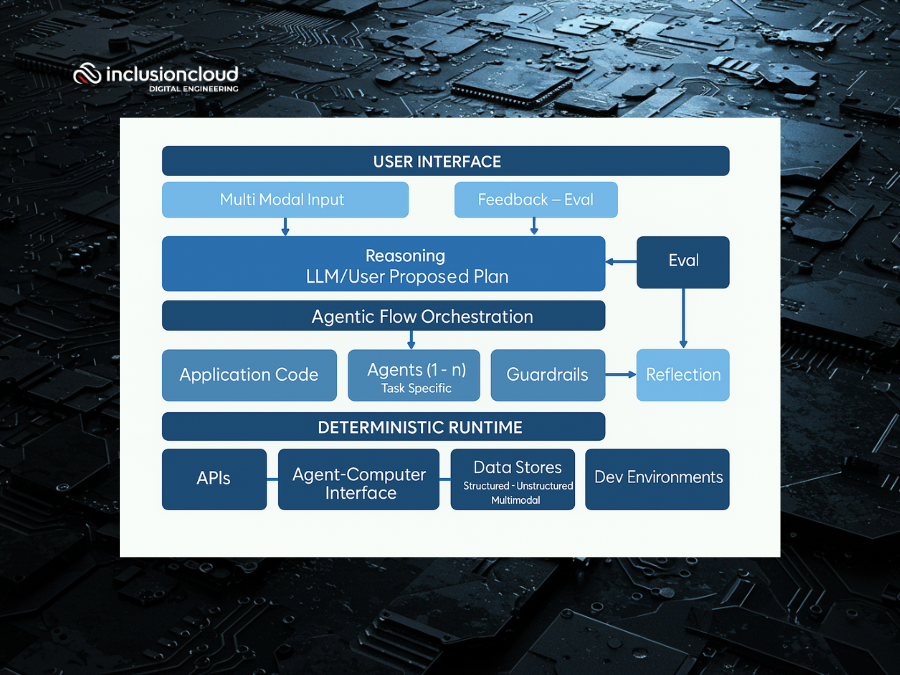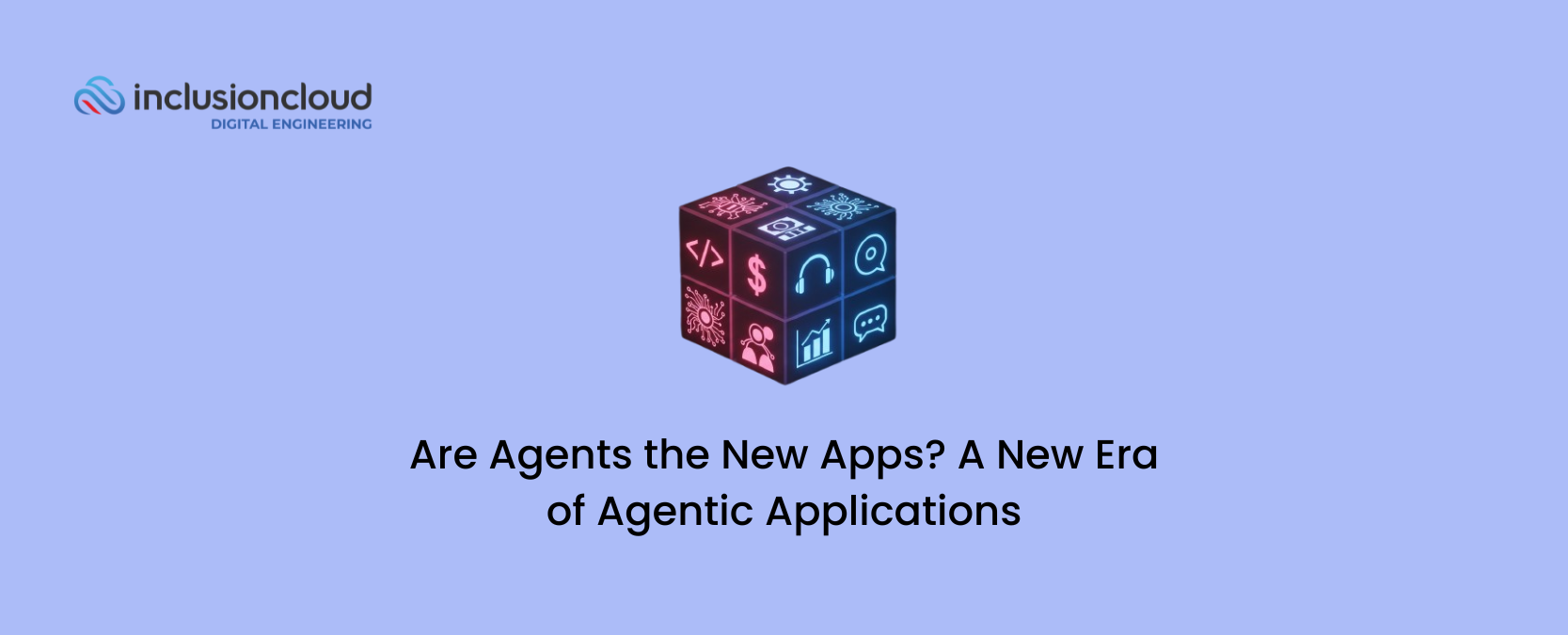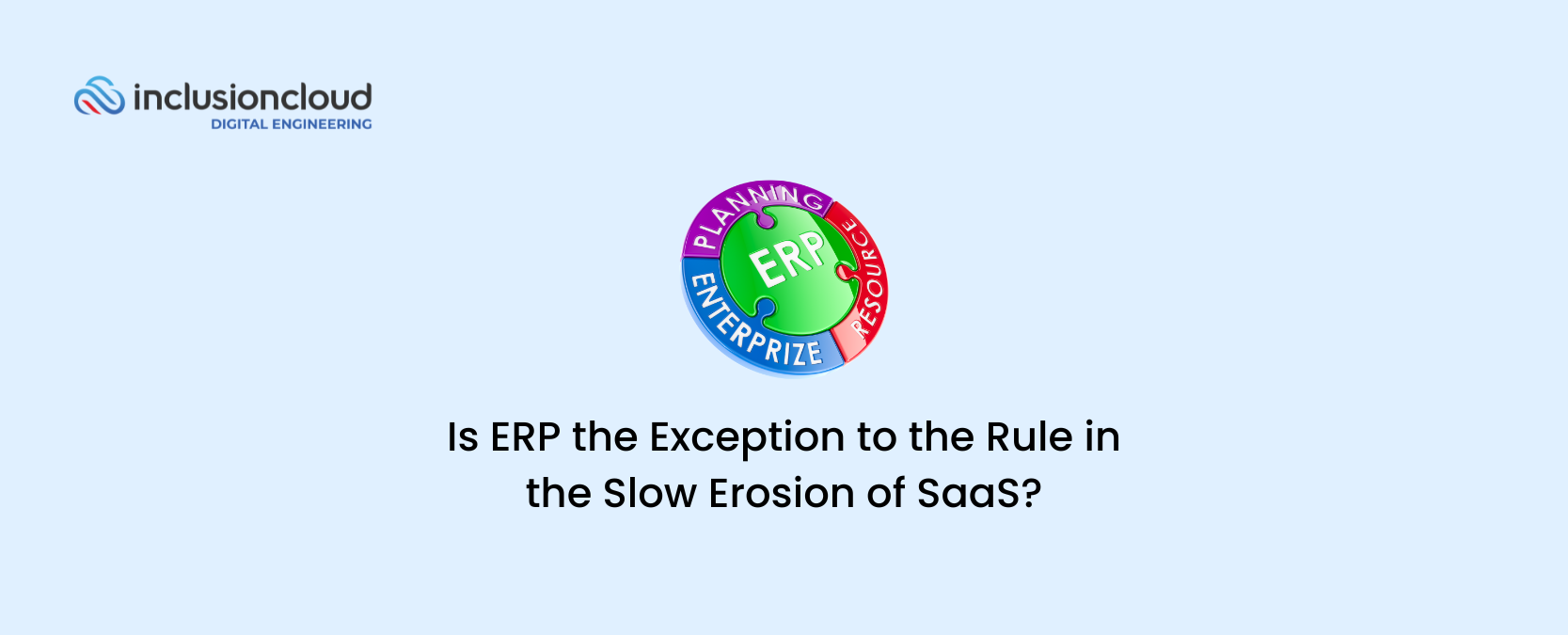“Agents are the new apps” that’s how Dharmesh Shah, CTO and co-founder of HubSpot, defines this new technology. Truth is that, if the last decade was all about downloading apps to get things done, the next one might be about deploying AI agents to do it for us.
This technology is quickly moving beyond experimental tools and proving their value across multiple business areas. From helping software teams accelerate development to optimizing supply chains, agentic applications are stepping into real workflows—and getting real results.
However, AI agents do not seem to be tied to a specific niche. They’re not just for customer support or data entry. They’re being embedded across the enterprise, showing up wherever there’s repetitive work, complex decision-making, or untapped data.
But this general-purpose utility is generating both excitement and strategic questions in boardrooms: if AI agents can do so many things, where should you start? In this article, we’ll break down how this third wave of AI came to be, some real-world case studies of AI agents in enterprises with their basic architecture.
Real-World Agentic Applications: Where are Agents making the difference?
While the conversation around AI agents often focuses on potential and design decisions, many organizations are already entering into the AI maturity face by moving from experimentation to deployment. But what’s striking is not just what AI agents can do—it’s how broadly they’re being used across the enterprise.
So, let’s take a look at some of the most impactful agentic applications today:
1. Software Development Lifecycle (SDLC): Enhancing Efficiency and Compliance
AI agents are increasingly integrated across SDLC, reshaping how teams build, test, deploy, and maintain apps. These AI agents have two main goals: on the one hand, to accelerate delivery cycles by reducing manual overhead and minimizing human error across dev, security, and operations teams. On the other hand, they also free up developers to focus on innovation and business-critical problem-solving.
Some key areas of agentic application in SDLC include:
- Access and Infrastructure Management: Agents that streamline infrastructure by provisioning and access approvals across cloud and on-prem environments, saving hours of coordination.
- Automated Testing and Provisioning: Agents that generate user stories, test cases, and automate deployment infrastructure, reducing DevOps and QA workloads.
- Code Generation: AI-code assistants that support developers by commenting on code, writing unit tests, and checking for regulatory compliance.
- End-to-End Development Orchestration: Agents that coordinate user story creation, coding, and testing—delegating tasks to specialized agents under the guidance of a master agent.
2. Customer Service Experience: AI Agents as Brand Ambassadors
There are many agentic applications in the customer service area. In this case, agents are being deployed at various touchpoints across the customer journey—from onboarding and education to product discovery and post-sale support. They occupy the following roles:
- Retail Associate Training: Virtual advisors onboard new staff and enhance their product knowledge using insights from previous customer interactions.
- Product Discovery Support: Help shoppers find the right product, tailored to their preferences and past purchases, via natural language interfaces.
- Personalized Gift Assistance: Seasonal agents recommend ideal gifts by cross-referencing customer behavior, preferences, and product specs.
- Customer Support Automation: Assist live support teams by suggesting responses, auto-filling forms, and speeding up approvals—cutting resolution times significantly.
- Sales Re-engagement: Voice-enabled sales agents follow up with customers who abandon online transactions, increasing conversion rates with personalized outreach.
In short, these agentic applications both reduce the burden on service teams and increase responsiveness and relevance, ultimately driving loyalty and conversion. So, they basically act as scalable, always-on extensions of a brand.
3. Back-Office Operations: Smarter, Leaner, and More Reliable
Another agentic application involves some traditional back-office functions—areas long burdened by repetitive tasks, data overload, and manual processes. In these cases, agents are being deployed with three basic objectives: reduce human error, accelerate routine operations, and avoid operational overhead.
Key areas of operations include:
- Inventory Monitoring & Replenishment: Agents that track stock levels and trigger restocking orders, ensuring products stay available without manual oversight.
- Automated Invoicing: Finance teams use AI agents to validate, process, and file invoices faster and with greater accuracy.
- Document Research & Analysis: Agents that extract insights from large volumes of unstructured data, turning dense documents into actionable summaries.
- Market Behavior Forecasting: Financial institutions use agents to anticipate trends and inform investment decisions.
- Autonomous Auditing: Audit and advisory firms deploy AI agents to independently plan and execute routine audit workflows, improving speed and reliability.
4. Data Analysis and Compliance: Smarter Insights, Safer Operations
As businesses become increasingly data-driven, the ability to quickly access, interpret, and validate vast volumes of information is critical. That’s why AI agents are playing a central role in simplifying complex data analysis.
In general terms, they allow organizations to reduce manual effort, eliminate bottlenecks, and gain trusted insights faster—all while staying ahead of regulatory demands. And we can summarize these agentic applications into the following three main ones:
- Cloud Cost Optimization: AI agents spot inefficiencies in cloud usage and recommend actionable ways to reduce costs across major cloud platforms.
- Natural Language Data Queries: Business teams use agents to convert everyday language into database queries, accelerating access to insights without technical knowledge.
- Compliance Automation: Agents that ensure that internal data processes meet regulatory standards by running real-time checks and flagging anomalies.
5. Operational Efficiency: Streamlining Processes, Empowering Leaders
Finally, AI agents are helping organizations operate with greater agility and precision by handling repetitive, time-sensitive tasks that span IT operations and executive decision-making. In short, these agents free up valuable human time and ensure that critical processes are executed quickly, reliably, and with minimal manual effort.
In this case, there are two main areas of agentic applications, which include:
- Network Diagnostics: Analyze IT systems to detect issues before they escalate, and route them to the right teams—minimizing downtime.
- Executive Reporting: Gathering real-time data across departments turning it into decision-ready summaries for C-level leaders.
Enterprise Agent Architecture: What You Need to Make It Work
To successfully deploy AI agents in the enterprise, companies must understand that these systems are more than just a smart chatbot or automation tool. They operate as intelligent digital workers that require a foundational architecture designed for orchestration, reasoning, and secure execution.

But let’s break down the core components and requirements of an enterprise-ready AI agent system.
It All Starts with the User Interface
This is where your team—or your customers—interact with the agent. Whether it’s through a chat window, voice command, or image upload, this layer takes in multimodal inputs (text, images, voice, structured forms).
But it’s not just that. This layer also enables feedback and evaluation, which is crucial. Basically, as they interact with the system, users are the ones that help you AI agents to learn what’s working and what needs tweaking.
Reasoning: Where Plans Take Shape
Next, we move to the Reasoning Layer, powered by an LLM or a human-defined plan. This is basically where your AI agents interpret the user’s goal, break it down, and start figuring out how to get it done. It’s essentially the “brain” of the operation, using context and intent to form a plan of action.
Agentic Flow Orchestration: The Dispatcher
Once the plan is made, it goes into Agentic Flow Orchestration. Think of this as a highly organized dispatcher. It doesn’t just throw the whole task at one agent—it knows how to break it down and assign each piece to the right specialized agent.
For example, one agent might generate a report, another might run a compliance check, and a third might draft an email. Besides, it also connects with guardrails to ensure the agents operate within the rules—no off-the-rails behavior. If something looks off, it can be passed to a reflection agent, which checks the output and adjusts before moving forward.
The Deterministic Runtime or Execution Layer
At the bottom, we get into the Deterministic Runtime, or the execution layer that connects your AI agents with your preexistent systems. This is the core of agentic applications, since any agent is useless if it can’t connect to your systems and act on your behalf. It includes:
- APIs: These let agents interact with external systems—CRM platforms, finance tools, or third-party apps.
- Agent-Computer Interface: Enables the agent to control applications and files like a human user would—automating clicks, inputs, and more.
- Data Stores: Structured (like databases) or unstructured (like PDFs or emails)—agents need access to all types of data to be effective.
- Developer Environments: Especially useful in engineering or IT scenarios—agents can spin up cloud environments, manage infrastructure as code, or run test pipelines.
The Future Outlook: AI Agents as Integral Business Partners
While the agentic applications in business are still a matter of discussion, one thing is sure: we are entering a new phase in enterprise transformation—one where AI agents become true operational partners embedded in the fabric of the business. But, to harness their full potential, we must rethink our foundational architecture.
The traditional siloed logic—where CRM, ERP, Finance, ITSM, and development environments operate in disconnected stacks—no longer serves a world driven by intelligent automation. What’s needed now is a unified, end-to-end ecosystem: an integrated digital backbone where all business modules are seamlessly connected.
Only with this integrated foundation can AI agents access the data, context, and workflows required to autonomously execute tasks, make decisions, and drive measurable impact. And, most importantly, only this can align AI with your business goals.
But the transformation goes even deeper than systems and architecture. This third wave of AI innovation reshapes how we think about talent itself. The true value now lies in professionals who not only bring deep domain knowledge but also know how to collaborate with AI to multiply their output.
And, at Inclusion Cloud, we’re building that future today. With a first-class team of senior engineers, AI specialists, and integration experts—and with strategic partnerships with ServiceNow, SAP, Salesforce, and Oracle—we’re uniquely positioned to help companies create the AI foundation for the modern enterprise.
Whether it’s rethinking architecture, integrating business platforms, or embedding agentic capabilities across operations, we bring the talent and technology to help you build the foundations you need to lead in the age of AI.
Let’s connect and build the enterprise of tomorrow—together.
Other Resources
The State of The AI Agents Ecosystem
Suite-as-a-Service: The New Standard for Enterprise AI
The Most Important Design Decisions When Implementing AI Agents
Enterprise AI Demands a Platform Shift—Are You Prepared?
Are AI Agents Apps the Next Business Users?
Choosing Between Open-Source LLM & Proprietary AI Model
If AI Can Write Code, What’s Left for Developers?
AI Is Changing How We Code. But Is Technical Debt the Price Tag?
AI Model Training: Is Your IP at Stake?
Reinforcement Learning: Smarter AI, Faster Growth
AI Roles: Who Do You Really Need for Implementing AI?
Enterprise AI Security Risks: Are You Truly Protected?
What Are Multiagent Systems? The Future of AI in 2025
What Is SaaS Sprawl? Causes, Challenges, and Solutions
Is Shadow IT Helping You Innovate—Or Inviting Risks You Don’t Need?





